‘Free stuff’ stores add reuse option to recycling programs | CBC News
Hello, Earthlings! This is our weekly newsletter on all things environmental, where we highlight trends and solutions that are moving us to a more sustainable world. (Sign up here to get it in your inbox every Thursday.)
This week:
- ‘Free stuff’ stores add reuse option to recycling programs
- A photo gallery of environmental murals
- This ‘food forest’ in Fredericton will see visitors foraging for fruits, nuts
‘Free stuff’ stores add reuse option to recycling programs

Dave Kuhn works at the dump in Cornwall, Ont., and knows that a lot of stuff that ends up there shouldn’t.
“It’s really a shame to see something with life [left in it] just be destroyed just because somebody didn’t think that somebody else could potentially use it,” said Kuhn, who is the city’s waste management supervisor (and is seen in the photo above).
So last fall, Cornwall created an alternative: the fREe Store, where people can drop things off for others to take gratis.
It’s one of several programs across the country — from the Hodgepodge Lodge in Strathcona County, Alta., to the Re-Use building in Thessalon, Ont. — that go beyond recycling and help their communities reduce and reuse, too.
So far in 2021, Kuhn says Cornwall’s program has diverted 31.5 tonnes of waste, saving $5,000 and precious space in a landfill that only has enough room to take garbage for the next decade.
The initiative has also benefited hundreds of people who have taken stuff for reuse, including one family that recently lost everything in a fire and had to start over, said Kuhn.
Reusing items also reduces consumption and its environmental impacts — as Kuhn noted, a family that picks up a used dining table won’t have to buy a new one. “That’s one more that doesn’t have to get manufactured.”
Free reuse stores aren’t a new concept. The one on Hornby Island, B.C., has been in operation since 1978, when the island landfill closed, which forced the community to find new ways to deal with its waste to avoid costly shipping off-island.
The island’s Free Store takes nearly everything, from clothing to two-by-fours from demolitions, said Stani Veselinovic, the recycling program manager.
As of mid-August, there was even an old fibreglass boat up for grabs that “just needs a little bit of tender-loving care,” Veselinovic said.
While most reuse free stores across Canada are part of municipal recycling programs, some private recyclers have embraced the idea, too. Keep It Green Recycling in Vancouver provides recycling services mainly to the film industry and started a material reuse program in 2018.
Owner Kelsey Evans said after a production is over, film companies need a place to bring their old sets and props, from fake walls to doors to vintage clothing. The company works with non-profits and film schools to rehome them, but anyone is welcome to take items there.
Recently, that included a fake MRI machine. “It sat there for like a month and we were at the point of having to recycle it,” Evans recalled. “But then someone came in that had goats and they’re like, ‘Oh, my gosh, this would be perfect for my goats to play on.'”
Keep It Green Recycling recently started a junk removal service that offers the “junk” for reuse first instead of taking it directly to the dump.
Evans and Kuhn both say they work closely with charities like Habitat for Humanity and Salvation Army that run thrift stores, offering them items that might be sellable, and taking things that don’t sell to try to find them a home through their reuse store.
Amid growing interest in the circular economy and reducing waste, Veselinovic and Kuhn have both been contacted by other communities interested in starting up similar programs, and hope they’ll soon be more widely available.
— Emily Chung
Reader feedback
Last week, Nicole Mortillaro looked at ways for people to address their climate anxiety. Here are some responses:
Ian Rokeby: “How about really substantive personal action: cancel international travel and buy an electric car and/or heat pump!”
Kim Muddiman: “If you are anxious about climate change, unfortunately nothing we can do at an individual level will have any meaningful impact until there are real, available and affordable ways for individuals to choose sustainable options. A carbon tax begins to address this, but more government intervention is required to influence market choices available right now (for instance, transportation, net-zero building construction and retrofits) as well as to invest in the infrastructure required to transition to sustainable energy sources. Government subsidies and public financing (e.g. pensions) of fossil fuel corporations must end now. We as individuals can wield our power only through being consumers and voters. If we are not presented with sustainable choices in these two areas, we are powerless to prevent the continuation of the status quo.”
Old issues of What on Earth? are right here.
There’s also a radio show and podcast! As the federal election campaign unfolds, Canadians concerned about the environment are sizing up candidates and platforms. This week, we hear from voters and researchers about the role climate change might play. What On Earth airs Sunday at 12:30 p.m., 1 p.m. in Newfoundland. Subscribe on your favourite podcast app or hear it on demand at CBC Listen.
The Big Picture(s): Environmental murals
A couple of weeks ago, we asked you to send in some examples of environmentally themed murals that you’ve come across in your travels. Here are some of your submissions.
Lee Dimos sent in this mural he found in Nanaimo, B.C.:
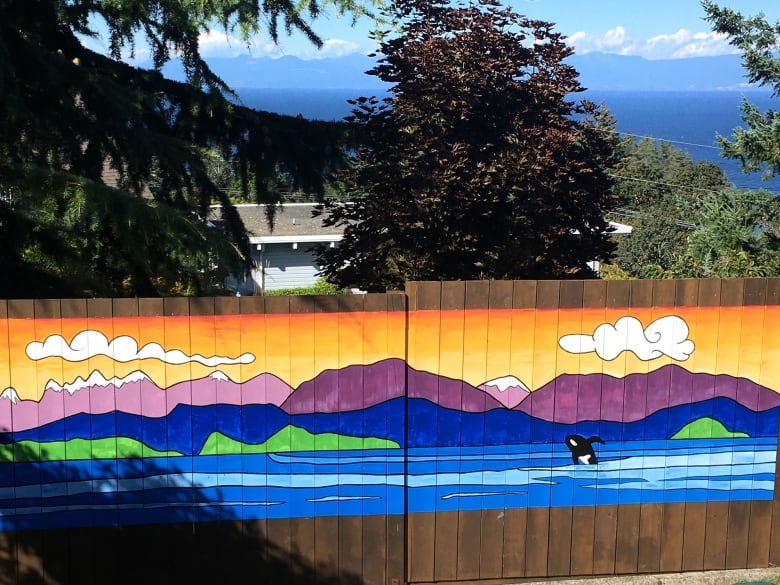
David Marmorek captured this mural in Toronto:
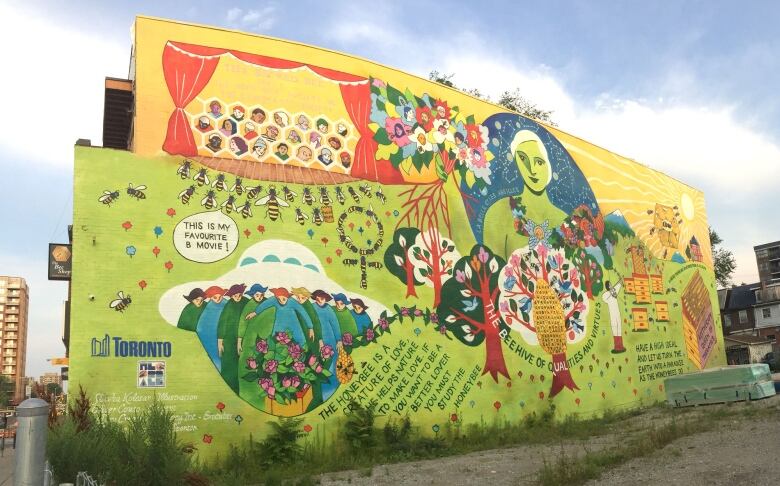
Dave Rutt sent this one, also from Toronto:
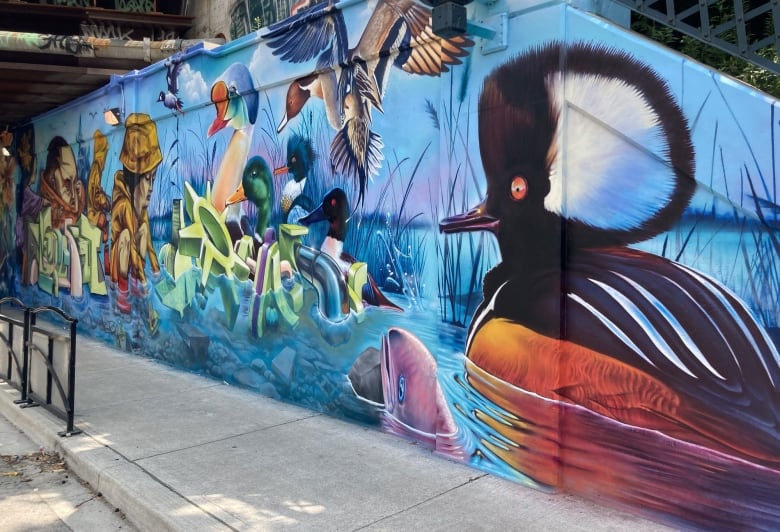
C-Jae Breiter sent in this one by artist Kai’ili Kaulukukui, which can be found in Churchill, Man.:
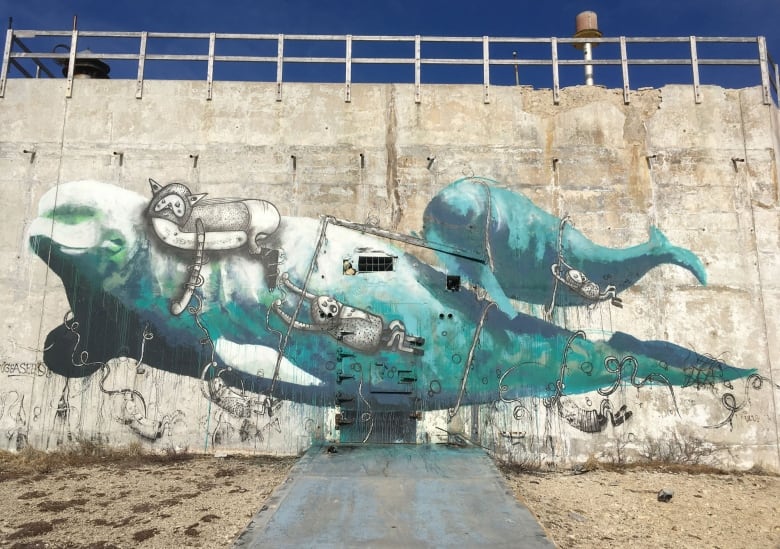
Hot and bothered: Provocative ideas from around the web
-
In light of a growing trash problem, the United Arab Emirates is pivoting to incinerating garbage to generate power. While this appears to be a solution to using landfills, the process still produces emissions, and could imperil any attempts by the Gulf kingdom to hit net-zero by 2050.
-
“Climate change is rattling the world’s central bankers.” So begins this piece in Grist, which looks at how various countries are reacting to another summer of environmental disaster (wildfires, floods, more) and the shift among central banks toward favouring policies that reduce carbon emissions and thus minimize weather-related effects on financial markets.
This ‘food forest’ in Fredericton will see visitors foraging for fruits, nuts
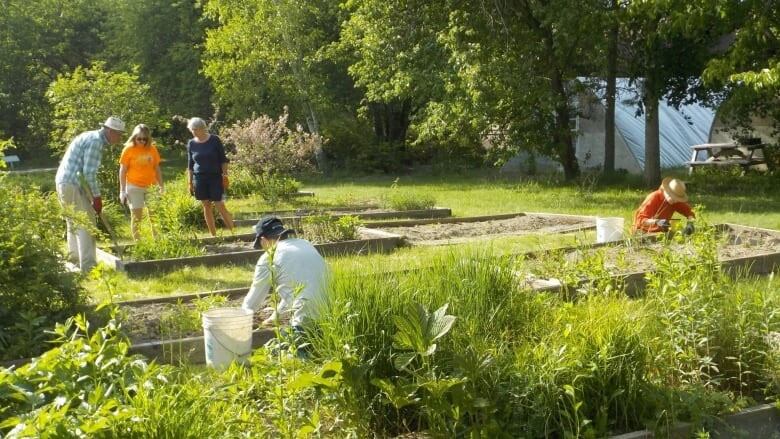
Soon, the smell of fresh flowers won’t be the only sensory treat for visitors to the Fredericton Botanic Garden.
They will eventually be able to take home some of the nature they take in during a stroll through the garden.
A volunteer-led initiative is underway to plant more than 120 fruit and nut trees, hedges and vines. The bounty they produce in the coming years is expected to include everything from plums and pears to berries and chestnuts and will be available for the foraging public to pluck for free.
Sima Usvyatsov, a volunteer for the Fredericton Botanic Garden, said she pitched the idea of starting a “food forest” after hearing about the success of similar initiatives in other parts of New Brunswick and Canada.
The design plan for the garden currently has the food forest divided up among a main orchard, a “wildlife hedge,” a grape arbor, a raspberry and blackberry section, a nut orchard and a rare fruit section that will consist of lesser-known species such as shipova, American persimmon, Cornelian cherry and mulberry.
“We’re adding things like cherries and pears and plums and apricots and peaches, Saskatoon [berries], sea buckthorn — basically kind of everything, really,” said Usvyatsov.
“We have butternuts and chestnuts and hazelnuts for nut production, and that’s very important because they’re very high-calorie foods that can store well, and then there’s quite a variety of fruit.”
With everything set to be planted by next spring, Usvyatsov said visitors should be able to pick small quantities of black currant, blueberries and haskap within a year. Other things like cherries and apricots might take about two years to bear fruit, and the nuts will take as long as five to seven years.
“I’m definitely hoping to see people use it to just straight-up gather and eat,” Usvyatsov said. “I’m hoping to see people learning about new types of edible plants that can be grown in Fredericton.”
The Fredericton Botanic Garden received a $5,000 Community Food Action grant from the provincial government, and plans to use that for the cost of buying trees and other materials.
When the COVID-19 pandemic hit, supply chain hiccups led to shortages of household products such as toilet paper, flour and yeast.
Those shortages highlight the need to have an accessible supply of locally produced food, said Susanne White, a co-ordinator for Greater Fredericton Social Innovation.
Initiatives like the new food forest can help fulfil that need, said White, whose charity is aimed at poverty reduction in and around the city.
“When it comes to something as important as food … we really need to start looking at what we can be doing to build capacity on a local front,” White said.
“Enlightened municipalities are looking at ways that they can support community groups to help build that capacity on our own doorsteps, and that’s by building urban gardens, urban orchards, food forests, expanding community gardens and the like, so that people have access to be able to grow, produce food and build up their own food skills.”
— Aidan Cox
Stay in touch!
Are there issues you’d like us to cover? Questions you want answered? Do you just want to share a kind word? We’d love to hear from you. Email us at [email protected].
Sign up here to get What on Earth? in your inbox every Thursday.
Editor: Andre Mayer | Logo design: Sködt McNalty
For all the latest Technology News Click Here

